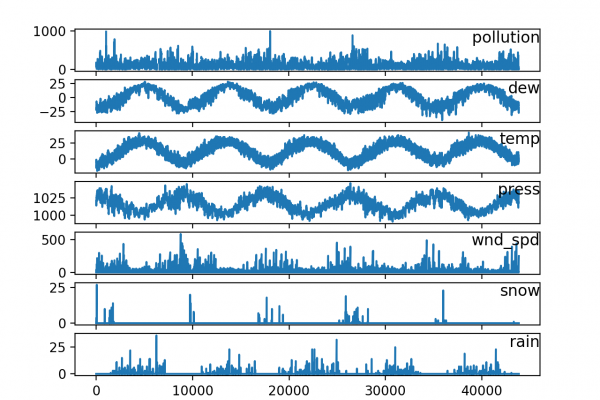How to Use Metrics for Deep Learning with Keras in Python
Last Updated on August 27, 2020 The Keras library provides a way to calculate and report on a suite of standard metrics when training deep learning models. In addition to offering standard metrics for classification and regression problems, Keras also allows you to define and report on your own custom metrics when training deep learning models. This is particularly useful if you want to keep track of a performance measure that better captures the skill of your model during training. […]
Read more








